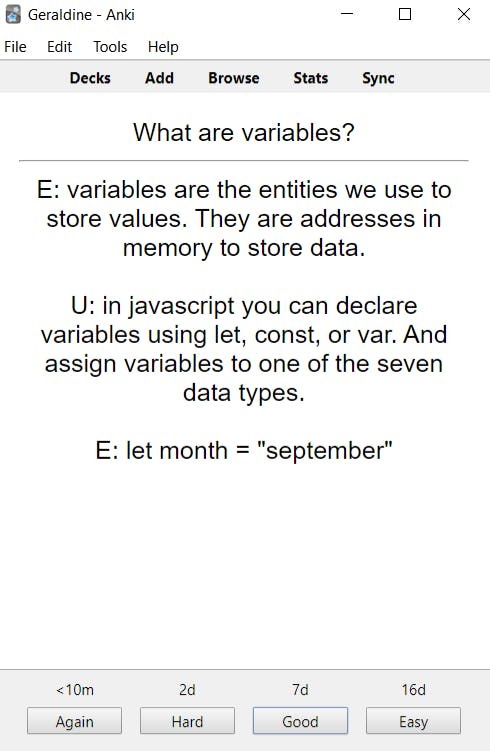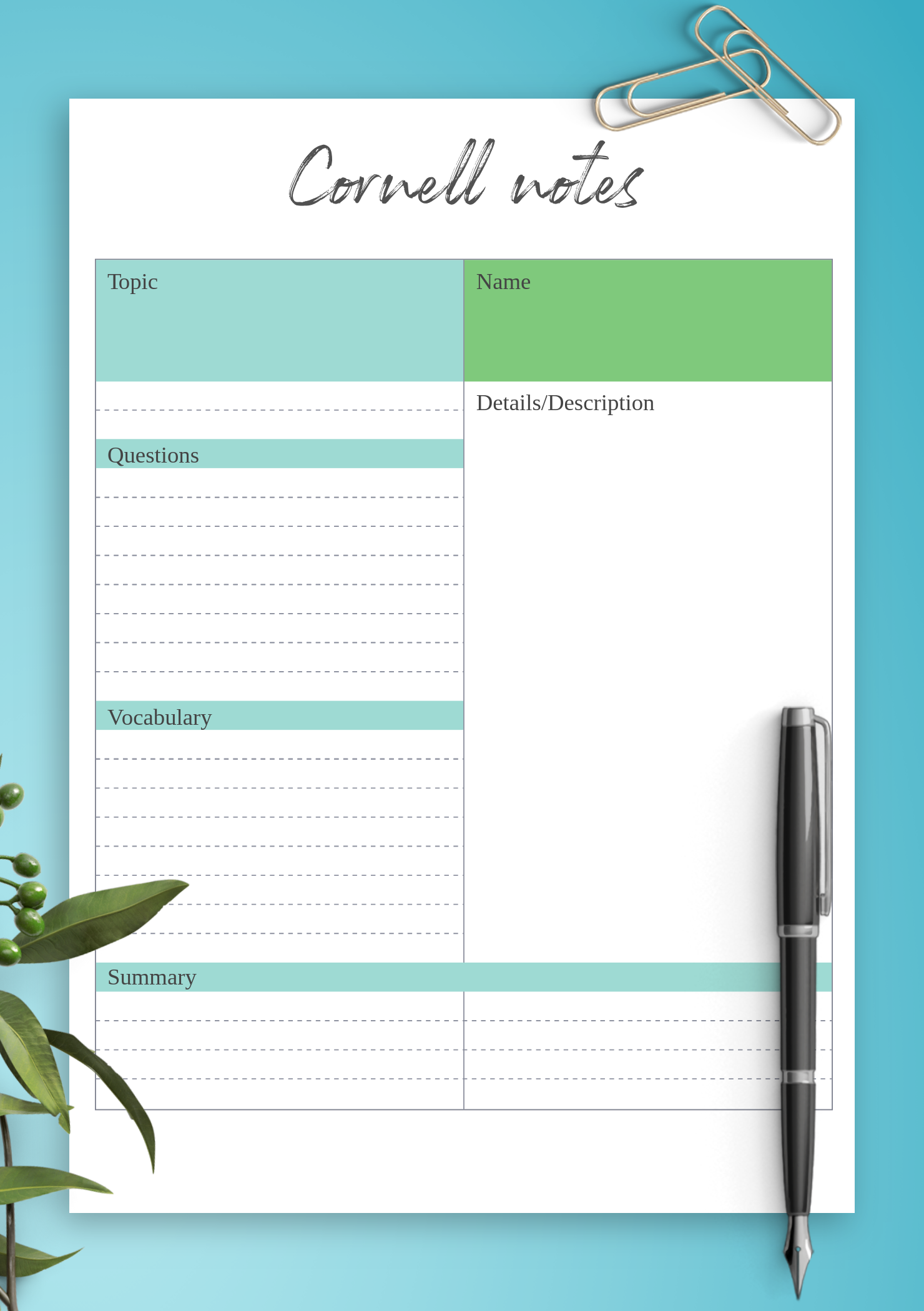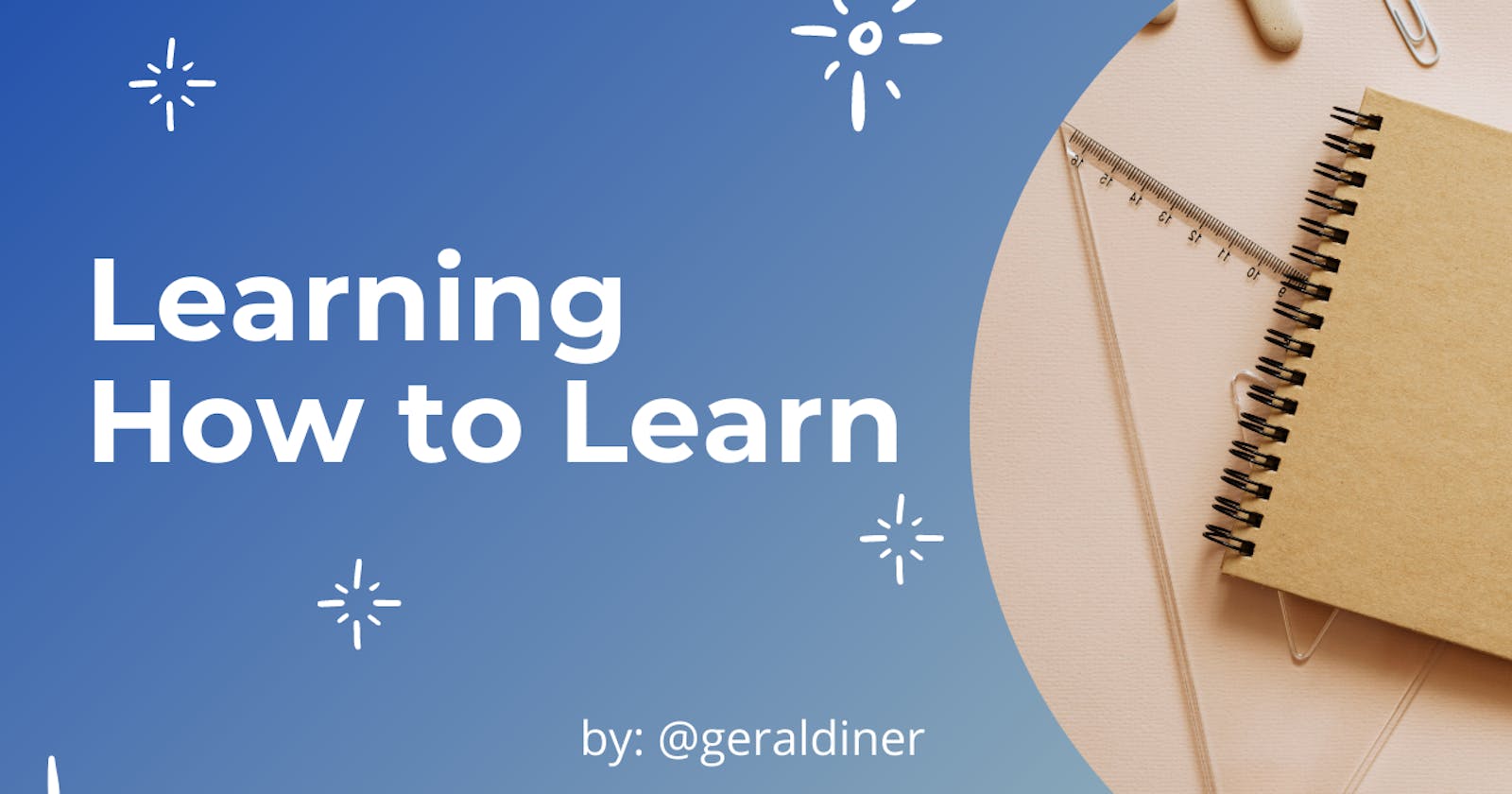Learning How To Learn
Level up your learning with two scientifically-proven techniques
Recently, I read this article by Akshay Saini about pseudo-learning, and it reminded me of how I've been learning wrong, or not as effectively as I could've been.
Like a lot of people, I coasted through high school. I still did all the homework because I was that student. But I could pass any test with little to no studying.
Then I got to college, and that didn't work anymore. I almost failed my Intro to Chemistry class (which was traumatizing to a straight-A student like myself).
Everything I knew about learning was a lie
In Akshay Saini's article, he explains this idea of pseudo-learning and how it leads to the satisfaction trap, which is common among those learning development. It's when you end up down the rabbit hole of "educational" videos, and after blazing through them on 2x speed, you feel like you've learned so much.
❓ But how much of it have you actually retained?
❓ Can you implement the concepts broken down in the video?
❓ Did you actually learn something? Or was the video just motivational?
I realized that I suffered a version of this when I read for hours, took copious notes, and then "reviewed" them (a.k.a. reread my notes again). To make it worse, my notes were just copied sentences from the text.
But seeing my pages of notes highlighted, underlined, and annotated put me in a satisfaction trap because it looked like I did a lot of work.
In reality, it was nothing substantial and I definitely wouldn't retain any of it after the test.
source: @thecraftersjournal on Instagram
What I should've really been doing
I first heard of "Learning how to Learn" on Leon Noel's stream and there is a free course on it on Coursera.
If you'd prefer to watch an abridged version, watch Ali Abdaal's videos on the topic:
📺 Evidence-based revision tips
What it really boils down to is that learning is work. And if it feels too easy, then you're probably doing it wrong.
The two things that DO work are Active Recall and Spaced Repetition.
Ali Abdaal also goes over these two techniques in his videos:
But remember! Don't fall into the satisfaction trap thinking you've done work just by watching these videos. Make sure to implement them into your learning practice.
Active Recall
Active Recall is as its name suggest. You actively recall what you know about the topic. Or in other words, word vomit what's in your brain.
For example, after you read this blog post, you would ask yourself, "What was that blog post all about?" or "What is the most effective way to learn?" And try to answer it without looking at the article.
This works because this is work. It's active. Reading, highlighting, and copying from the text is passive work. It's easy to do those things because there's not much brain work involved.
But with this technique, you can feel your brain turning the gears to remember what you just read. And that's where all the work is.
Space Repetition
Spaced Repetition is just Active Recall spaced out. The more you recall what you've learned over time, the easier it gets. This can be facilitated by a program called Anki, which is a better flashcard system due to its algorithm.
When you study your flashcards, you rate them on how well you could recall the answers on a scale from not very well (Again) to very well (Easy). The next time you study, you will see the cards you found difficult more frequently than the others so you can keep recalling them until you get it down.

Bonus Tip: Use Cornell Notes
In high school, some teachers came back from a workshop where they promoted Cornell Notes as the best note-taking system ever. As a result, the whole school adopted it. And to us students, being told to do something just makes us not want to do it.
But I did it. And they really didn't do anything for me. I'm sure it helped a bit because of the mind-muscle connection, i.e. writing the content down sent some signals to my brain. But overall, I didn't see any benefit.
As I know now, I was doing it wrong. Cornell Notes is actually super useful for both Active Recall and Spaced Repetition.
 source: onplanners.com
source: onplanners.com
The main advantage of Cornell Notes is the two-column layout. On the left side, you write down the key questions, main ideas, and vocabulary, and on the right side you write the answers, details, and descriptions. Essentially, this can become your flashcards. Or if that's too much trouble, fold along the centerline and study with the left side. Only look at the right side when you've given up.
How to Use Cornell Notes While Studying
This will vary based on personal preference, but I like to take notes in the form of questions on the left side during a live lecture or while watching a video. This gives me an extra opportunity to active recall afterwards to fill in the right side. If I can't remember something or need to fill in some gaps, I go back and review the lecture or video, if it's available. Otherwise, Google is my best friend.
Work Smarter, Not Harder
It seems suck-y learning all of this now. But better late than never, right?
Armed with this new knowledge about how to learn most effectively, I definitely see improvements in my knowledge retention, and even confidence from knowing topics better than I ever have before. It feels better knowing that I'm working my brain as best as I can to retain everything I learn.
Consider implementing Active Recall and Spaced Repetition in your learning journey and experience the benefits first hand! 😊
 source: tenor
source: tenor
Thanks for reading! 💖 Geraldine | @geraldinedesu
